Standardised Work
Standardisation is used in Lean to make processes better by understanding what the most efficient way of completing a task is, and then establishing a process to ensure that this method can be repeated.
View Lean resourcesIt has a number of advantages in the workplace which include: reducing variability – and subsequently improving quality, improving employee well-being through better health and safety.
It centres around the following key principles:
- The rate at which products are made or a job is completed, often referred to as Takt time.
- The work sequence which is required in manufacture or to complete a job.
- The standard inventory of machinery required to keep processes running smoothly
Productivity in Practice: Commercial Development
This video explores how the unique approach adopted by Landsec enabled the development of a kit of parts strategy and design for manufacture to be applied, creating an innovative approach for the Forge Project.
Standard work in your lean journey
How do I develop the skills to embrace Lean Construction?
Our Lean capability assessment will enable you to understand what you need to know and provide a quick 10 point learning plan.
Lean AssessmentLean Maturity
Lean visual management: Highways England
Web link
Problem Solving and Continuous Improvement
Corporate Action Plan Roadmap
Document/Presentation
Lean Maturity
Standardised Work Principle Document
Document/Presentation
Standardised Work
How to Build a Lean Culture
Web link
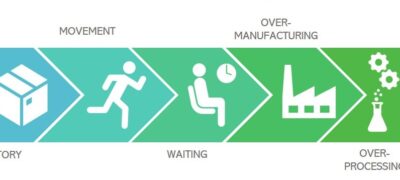
Lean construction takes the concept of waste beyond materials and…
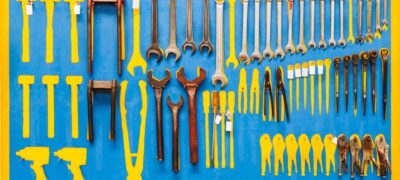
5S workplace organisation is a key tool in Lean construction...

Visual management is a method of managing the workplace using…
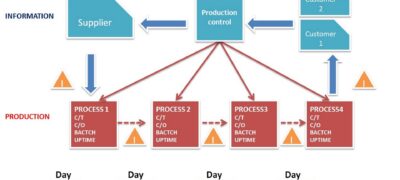
Value stream mapping is a technique used to sequence all…
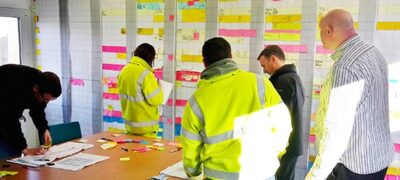
Collaborative planning and production control are methods used to ensure…
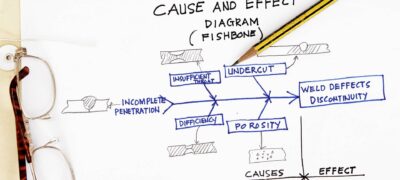
Lean techniques can be used to solve problems that happen…



 60 minutes
60 minutes